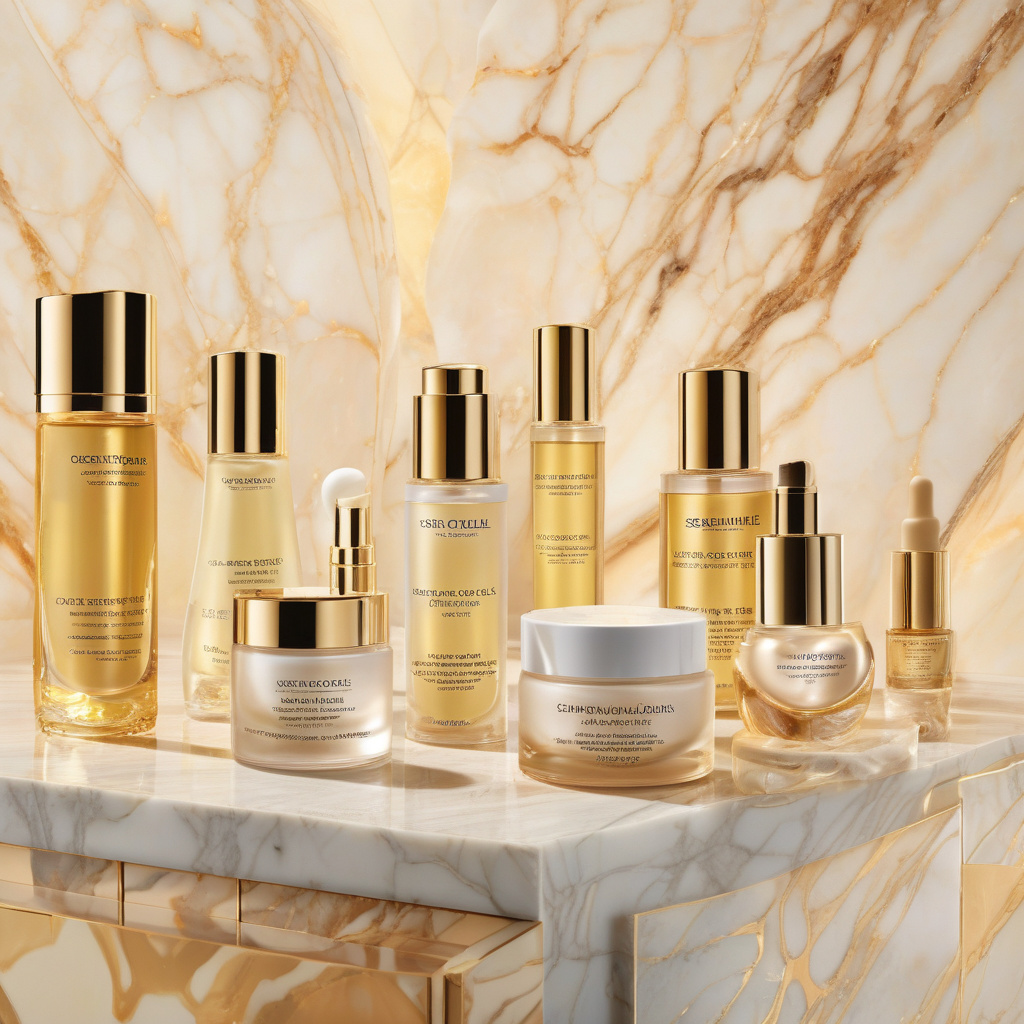What’s Fueling (and Threatening) Luxury Skincare’s Growth
The luxury skincare market, once viewed as a bastion of resilience within the broader luxury goods sector, is now navigating precarious waters. In recent years, this segment has encountered a myriad of challenges, particularly in key Asian markets, while simultaneously experiencing emerging competition from the medical aesthetics industry. Understanding the intricate dynamics at play is essential for stakeholders within the luxury skincare arena.
Historically, luxury skincare has thrived on the allure of high-quality formulations, exclusive ingredients, and the prestige of branded products. Consumers have been willing to invest significantly in their skincare routines, often perceiving these products as an essential part of their self-care and beauty regimens. However, recent data suggests that growth is slowing, especially in pivotal markets such as China and South Korea, which have long been the backbone of luxury beauty sales.
Several factors contribute to this deceleration. First, shifting consumer preferences towards medical aesthetics—such as Botox, fillers, and laser treatments—are reshaping the landscape of beauty and skincare. With the rise of social media and influencers, many consumers, particularly millennials and Gen Z, are increasingly inclined to pursue immediate results that medical procedures can provide over the gradual improvements associated with traditional skincare products. This growing inclination presents a formidable challenge for luxury skincare brands that have relied on the promise of long-term results and skin health.
Moreover, the COVID-19 pandemic has altered shopping behaviors and priorities. Many consumers are now more cautious with their spending, often prioritizing essential goods over luxury items. The shift to online shopping has also amplified price sensitivity, as consumers have access to a broader range of products and price points. In this environment, luxury skincare brands must work harder to justify their premium pricing and maintain consumer loyalty.
Despite these challenges, there are still avenues for growth within the luxury skincare segment. Brands can capitalize on the increasing demand for clean and sustainable beauty by incorporating environmentally friendly practices and ingredients into their product lines. This trend towards sustainability resonates strongly with consumers, especially younger generations who value ethical considerations in their purchasing decisions. Brands like Tata Harper and Drunk Elephant have successfully positioned themselves as leaders in the clean beauty movement, demonstrating that high-quality luxury products can align with eco-conscious values.
Furthermore, the integration of technology into skincare products is a burgeoning trend that holds significant potential for luxury brands. Innovations such as personalized skincare solutions, augmented reality for virtual try-ons, and AI-driven skin analysis offer consumers a unique and tailored experience. Brands that harness technology not only enhance customer engagement but also differentiate themselves in a crowded market.
Additionally, luxury skincare companies must reconsider their marketing strategies to appeal to a broader audience. Collaborations with influencers who embody the brand’s values and aesthetics can help reach new demographics. For instance, brands that collaborate with dermatologists or beauty experts can enhance credibility while attracting consumers who prioritize scientific backing in their skincare choices.
The global landscape for luxury skincare is not devoid of opportunities. While the market may be facing headwinds, there remains a significant appetite for high-quality products that offer tangible results. Brands that can adapt to the shifting preferences of consumers and pivot their strategies to embrace innovation and sustainability will be better positioned to navigate the complexities of this evolving market.
In conclusion, luxury skincare is at a crossroads, influenced by both external threats and internal opportunities. As the industry grapples with slowing sales in key Asian markets and increasing competition from medical aesthetics, the future will depend on how well brands can evolve. By focusing on sustainability, harnessing technology, and reimagining their marketing approaches, luxury skincare companies can not only survive but thrive in this dynamic environment.
luxuryskincare, skincaretrends, medicalaesthetics, cleanbeauty, consumerbehavior
